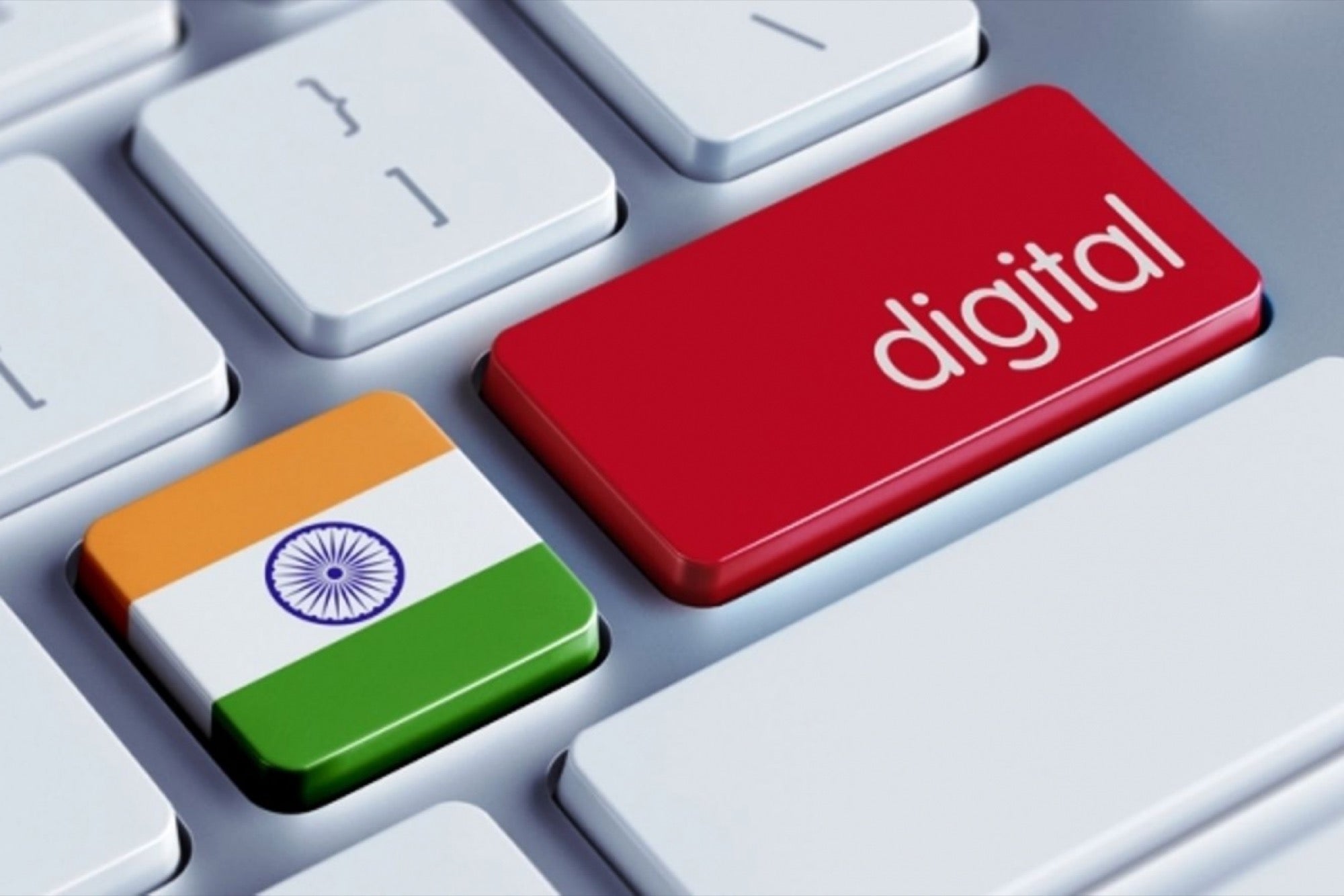Establishing New Digital Infrastructure For E-Invoicing To Solve For GST Tax Credits Without a well-designed and well-functioning IT system, the benefits of GST will remain elusive.
By Rahul Garg
Opinions expressed by Entrepreneur contributors are their own.
You're reading Entrepreneur India, an international franchise of Entrepreneur Media.

For the last couple of years, India has been gearing up for probably the most challenging reform measure since independence i.e. Goods and Services Tax (GST). Now, after long period of dialogue amongst key stakeholders, finally the broad framework of GST is clear and the model is approved by the Government of India and Empowered Committee of State Finance Ministers. With effect from 1st Apr'2017, GST will be a singular tax where both Central and State GST components will be levied on the same base. This is supposed to bring in simplicity of administration and expand the tax net, increase indirect tax collection, drive competitiveness and lastly improve ease of doing business in India.
However, without a well-designed and well-functioning IT system, the benefits of GST will remain elusive. The data and analytics age has already started to fundamentally transform the way policies are planned and administered. Keeping that in mind, currently, GSTN (GST Network) is working on rolling out a state-of-the-art IT infrastructure that will bring in significant improvement from existing implementations. For sake of simplicity for the taxpayer, ease of tax administration, and bringing about a national common market, a common PAN-based taxpayer ID, a common return, and a common challan for tax payment have been agreed to by all stakeholders. Complete automation of core services like registration, return filing and payments; real time data sharing between GSTN and tax administrations, integration with various external stakeholder systems are few of the basic objectives of the IT framework to minimize data entry effort/lapse and improve faster sign off. All these are expected to bring serious benefits not only to the tax administrations but also to the taxpayers. Some of the unique features of the envisaged system are:
- Real-time validation of PAN, Aadhaar, CIN, DIN etc.
- Near real-time access of taxpayer uploaded data by tax authorities
- Fully automated return process with multiple modes for upload
- Fully transparent system with comprehensive taxpayer dashboard and ledgers
- GST compliance rating for taxpayers published on GSTN portal
GSTN's goal is to lay IT infrastructure that will provide a platform to help minimize the time and effort required for tax-related matters pertaining to filing as well as seeking credit. In the GST regime, while all taxpayers will be allowed to file returns on self-assessment basis, input credits availed by the taxpayer will be subsequently verified by the system to ensure that the tax payment for the corresponding supply has been received. In the absence of such confirmation, the credit availed in the earlier tax period will be systematically reversed without any manual intervention. This will significantly help and reinforce tax administrations in plugging revenue leakage without any intervention.
GSTN is working on achieving these very important objectives of "simplicity" and "standardization" to encourage voluntary compliance. Some of the key relevant features of the GST system are mentioned below:
Registration
- Common registration form for all applicable GST laws across all states
- Mandatory online registration data will get shared with both Central and appropriate State tax authorities.
- No physical supporting documents required to be sent to tax authorities
- E-mail and mobile communications to be sent to applicants/registrants on their registered e-mail and mobile number
- Registration Certificate (RC) to be made available online
- No need to appear before the registering authority before registration is granted
- Digital signature certificate and support for Aadhaar-based e-Sign
- Amendment of many fields of the registration to be on self-service basis (without requiring approval) after the registration
Return Filing
- Single common return form for all types of taxes; one return per registration per tax period
- Online return filing to be mandatory
- Anytime upload of invoices through multiple modes to be facilitated
- Only sales/supply invoice to be uploaded that gets reflected automatically in the purchase register of buyers/recipients of goods/services
- System to generate draft return, which can be edited by the taxpayer
Tax payment
- One common challan form to capture payment information for all types of taxes
- Online tax payment (mandatory above a certain threshold); online preparation of challan over GST system even for OTC payments
- One-to-one integration with all agency banks or 3rd party service providers; others can pay through RTGS/NEFT
· Taxpayers to also receive regular updates regarding their payment through SMS/email-based interaction
Keeping these output benefits in account, a study by the National Council of Applied Economic Research says that GST will boost India's GDP growth by anywhere around 0.9% to 1.7% and virtually every media report cites expert opinion to potentially add up to 2% to India's GDP. No doubt, digital infrastructure can act as a major catalyst in enhancing transparency boosting indirect tax collection. By far the most reliable tool in hand, it can do wonders for tax administrators in their endeavor to strike a balance between facilitation and compliance.












